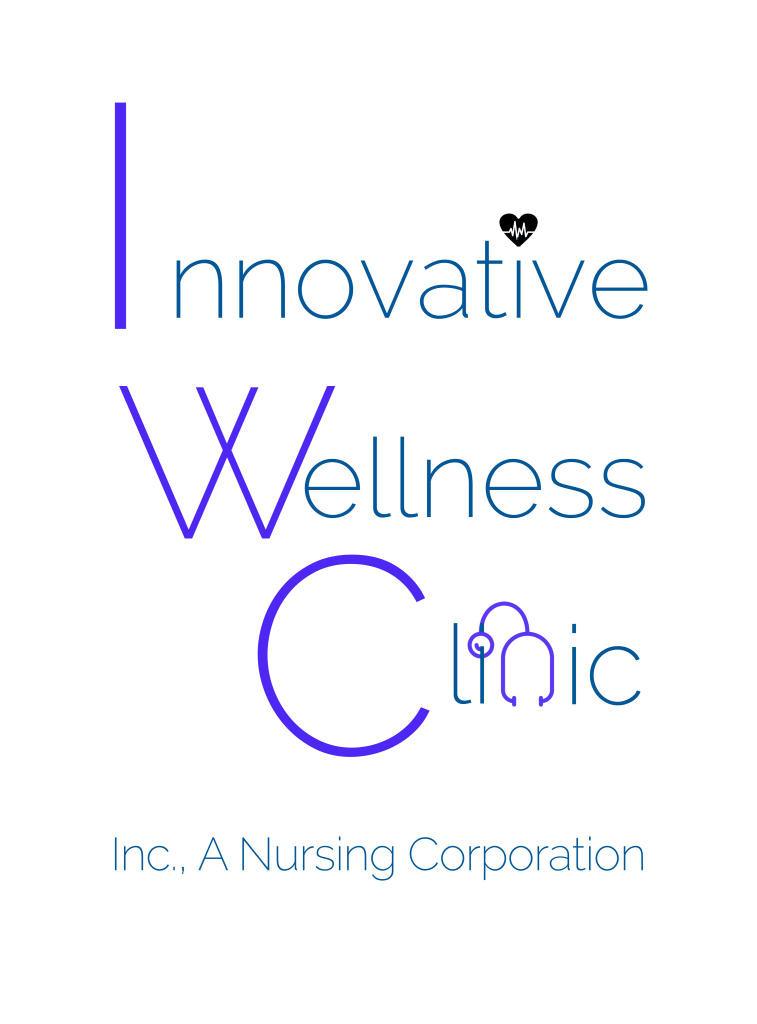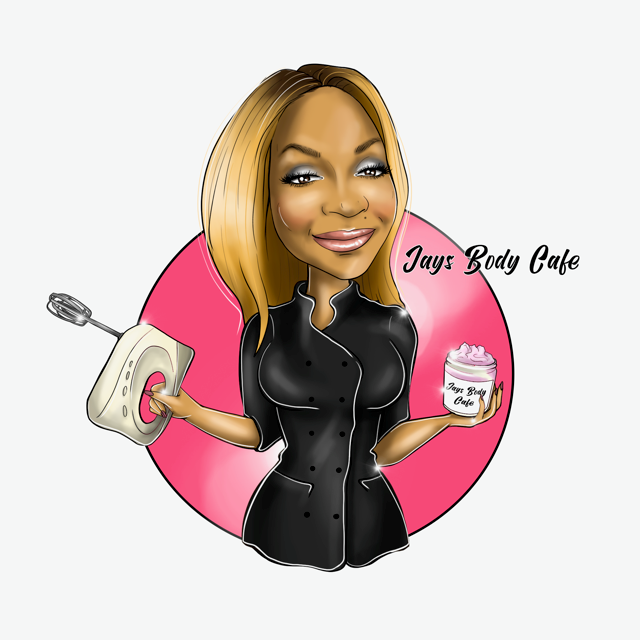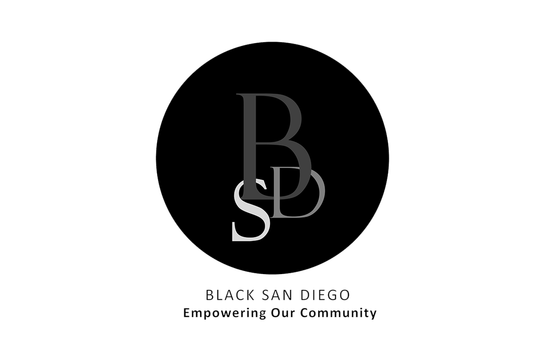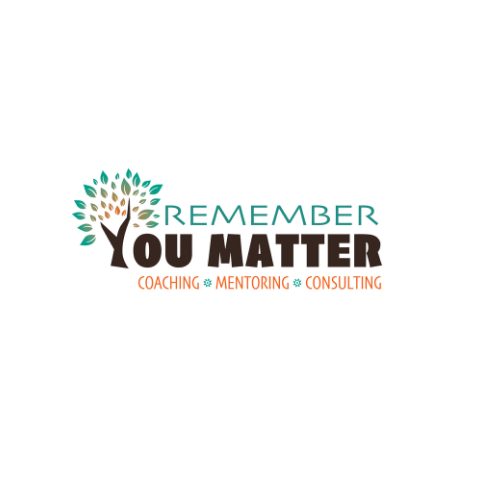
A Long Engagement—On Social Media
Building brand awareness.
Gathering insights.
Driving participation.
Generating conversions and sales leads.
Delivering superior customer service.
When asked the question, “Why should I be bothered with Social Media?” these responses taken from the Spredfast Social Media Pocket Guide would be included in my answer. Hands down.
However, if you were to ask me what the most important measure of a successful Social Media strategy is, I could easily answer with one word: ENGAGEMENT.
But what is engagement? What does it look like? Can it be measured? And, most important, how do you spark engagement?
ENGAGEMENT: WHAT IT IS
Two measures of Social Media effort with which most people are familiar are followers and subscribers. But once you’ve clicked on the subscribe or follow “button”, how are you interacting with the Social Media page or platform?
You can post fresh, clever, relevant content that attracts lots of subscribers and followers. But that’s not really engagement. So what IS engagement? Let’s ask my mother, an English major who pre-dates the laptop computer…and that’s all I’m going to mention about age…
ME: Mom, what’s engagement?
MOM: Hmmm…Engagement…Well, is it an appointment? Employment?
ME: Nope.
MOM: A battle? Like, the rules of engagement?
ME: In most cases, I’d say no, and no thank you.
MOM: An arrangement, like marriage?
ME: Oh Lord, no! And get that dreamy look off your face!!
MOM: A commitment?
ME: Warm enough to stop the torture. For both of us.
Social Media engagement actually occurs when you can see a visible or measurable reaction to the content you create and post.
ENGAGEMENT: WHAT IT DOES FOR YOUR BUSINESS
What kind of reaction? Likes, shares, comments. Sometimes a full-on back-and-forth conversation. Clicks to a profile to find out who you are. Clicks to a website to learn more about what you do. Clicks to your web store (ideally) to shop and maybe make a purchase of something you’re offering.
REQ Marketing defines it as “any interaction a fan has with your social media content that shows they are interested in your post and may want to support your business.”
AutoLikes, a company that uses humans, as opposed to bots and fake accounts to increase engagement for its clients, reminds us that engagement is typically not the actions that the brand takes, like responding to a comment. It’s the conversation that the consumer participates in that would be considered engagement.
You can also buy engagement. But AutoLikes defines this as fake engagement and likens it to paying friends and family to fill up your corner store, knowing they aren’t going to make any purchases. Does your store look full? Yes. Are they going to buy anything, and help you reach your business goals? Probably not.
ENGAGEMENT: WHAT IT TELLS US
So, engagement is the virtual voice and sometimes feet of the customer. How so?
- The like says they heard you or they agree.
- The share says they heard you or agree and they want somebody else to see this.
- The comment means, they just can’t keep this thought to themselves—they need to say something about it.
- The hyperlink click that takes them to your profile or your website means—who is this? I need to know more about them…or contact them…or book them…or be like them.
These are all good signals for your brand and for your business goals.
Meanwhile, in our imagination, we should hear the soft hum of an engine…a search engine, that is…thinking, “Hmmm. This site is fabulous, obviously. Let me serve it up more frequently.” Which leads to a potentially larger body of followers, and the possibility of more people who actually see your content.
ENGAGEMENT: HOW WE TRACK IT
Because we can’t forget that actually seeing your content precedes engaging with it. You can follow or subscribe someone all day long and never even open or look at their content. Sad but true. But engagement rates are based on the subset of that group that actually reacts to the content.
When calculating an engagement rate, for example, the denominator (that’s the number below the line in a fraction) is the number of people who saw your content—words like impressions and reach and views. And the numerator (the number above the line) used to calculate the rate of engagement is the number of people who liked, clicked, shared, commented, etc.
Which brings me to another important point. Engagement is measured differently across the Social Media platforms. Let’s look at a few of the big ones.
| Platform | Engagement Analytics |
| Total Actions on Page, Post Engagement | |
| Interactions, Saves, Profile Visits | |
| Engagements, Mentions, Profile Visits | |
| Custom Button Clicks, Shares |
ENGAGEMENT: HOW WE DRIVE IT
The fact that there are whole businesses dedicated to increasing engagement should tell us two things:
- Engagement is not a one and done. It’s an ongoing effort that can and should be part of your brand awareness and lead generation strategies. If you want visibility in a crowded marketplace, social media strategy and engagement is a must. Today, almost every age group knows what Facebook is and has accessed it. Even my mom. (Just kidding, mom.)
- Engagement itself should have a strategy, an approach, some tricks of the trade. Social Media platforms are not fields of dreams where you build it and people automatically come and find you. That kind of organic reach is a rarity. The approach starts with content strategy. And it’s followed by your posting and engagement strategy.
It’s a lot to consider and to do on your own if you are a small firm or solopreneur and also have a business to run. CSD Marketing is willing and able to help you develop your Social Media Strategy overall, or its offshoots, like content and engagement strategies.
And we are able to provide full brand management as well, where we do the content creation, as well as the posting and engagement. We’ll track outcomes too, so that the results and trends are transparent, and strategies are dynamic, ready to be tweaked as we learn what the audience wants.
Book a free consultation today. Let’s talk about the direction that works for you.























